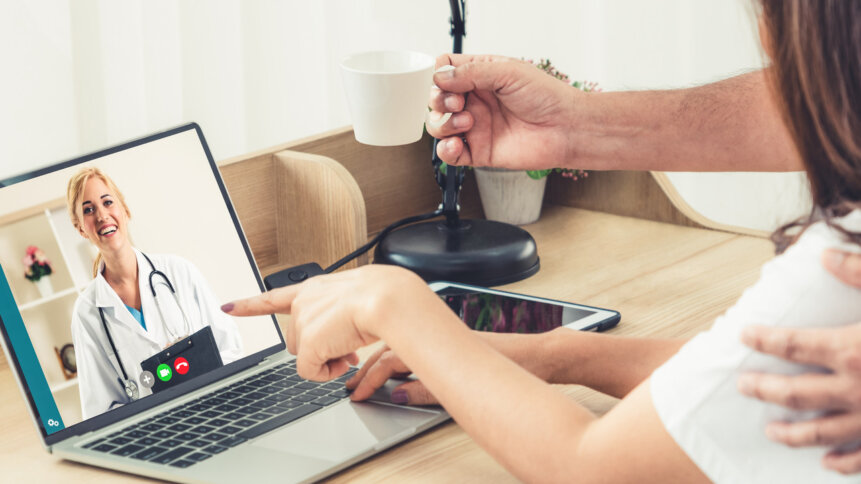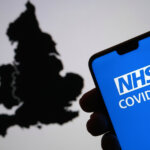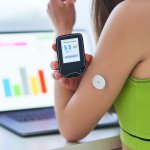Digital connectivity in healthcare

In Part 1 of this article, we spoke to Jack Dix of Kainos, a company at the forefront of digital connectivity in healthcare in the UK, to explore the challenges of taking a patchwork system of varying levels of digital connectivity and – as job #1 – harmonizing the provision across a large area.
That’s the first stage in gaining widespread public acceptance of a new paradigm in healthcare – make it available across a wide geographical area, and with a consistent process across the area, whether that be an app using common pathways or a phone line to take the place of front-line diagnostic appointments face-to-face.
Kainos has gone through this process with the NHS App – which is the “digital front door” for the NHS, providing access to a number of critical NHS services.
Importantly, joining up the patchwork provision of existing digital services well before the arrival of the Covid-19 pandemic. We asked him what the next step towards improving digital connectivity had been, once there was a greater public understanding of what was universally available through this digital channel.
JD:
In developing the app we had to connect a large number of existing systems and digital services, including integrating all four GP supplier systems, to provide secure access to a range of NHS services online. As well as providing a better experience for users, the app has helped take some of the weight off the NHS, for example easing pressure on GP (General Practitioner) surgeries by allowing patients to make appointments through the app.
We connected the app with 111 online, which meant people could access advice from nhs.uk, and allowed people to easily order repeat medication prescriptions from their phone or tablet. Other services like the option to view your medical records online, register for organ donation, and book appointments with your GP (General Practitioner), all based on a bedrock of digital connectivity. Those were all common baseline offerings when we created the NHS app. And working together with NHS Digital, we put that all together in little over a year.
THQ:
In itself, that’s a fairly chunky piece of digital connectivity work, improving healthcare outcomes – see your doctor, see your records, get initial advice (rather than immediately presenting at the ER, for instance). It certainly gives a sense of what’s possible with digital connectivity in healthcare.
JD:
And we’ve been on the journey since then. The app launched in 2018, and since then we’ve added extra features, and hardened and refined some of the existing ones based on real world user feedback.
THQ:
And then Covid happened.
JD:
And then Covid happened which massively drove uptake of the app due to access to the NHS Covid Pass. Registered users now total over 30m, providing a great opportunity to further transform healthcare through digital.
But then, in the post-Covid era, our focus has shifted to some extent away from building national services, because actually, we recognize that at a regional level, there are different challenges or different ways in which healthcare organizations want to engage systems and patients. And so the app has really matured and developed into a platform that enables that ecosystem of different services. So actually, a lot of our focus in subsequent years was how do we encourage this ecosystem and also remove any barriers to entry so that other people can onboard their own services to the app, keep a consistent look and feel into the end user experience?
THQ:
So, you picked up a regional patchwork, established a national level of digital provision… and now you’re going back to a regional focus? It’d be easy to assume this is a backward step, but it’s actually an evolution, right?
JD:
Totally an evolution, yes. Delivering national digital connectivity in healthcare and establishing a consistent user experience was crucial. Now, making this channel easier to adopt for local services enables the health system to work together and deliver digital innovation at scale.
THQ:
And there’s presumably a lot of work trying to maintain the user journey when you’re heading off in that direction?
JD:
Definitely. If you deliver digital connectivity in any form, but especially in healthcare, your audience’s whole engagement with the process is only as good as the last time they use you service. If you have a system that takes people down a dead end in their journey, which can easily happen when you try to bring together existing services, what you’re doing is actively encouraging the user not to use you, to say “Well, I tried it but it didn’t work.” So that’s really where the evolution of the app and what it enables is going now.
And obviously there’s the additional challenge of trying to deal with scale, because through the pandemic, the take-up rate for the app soared exponentially. We did a huge amount of work there to be able to ensure that the platform could basically support the whole adult population of the UK. There are very few services out there that even seek to do that, let alone achieve it. Digital connectivity in healthcare has been a journey in the UK. And the journey’s by no means over – there are always new things you can add to the app, new ways to make everybody’s lives easier and give them better healthcare outcomes.
By adding digital connectivity into your healthcare provision, so long as your user community is aware that you’ve done so, and enthused to use it, you can take the strain off your own human workforce, while giving patients a significantly easier way to manage their lives, conditions and healthcare needs. The more that healthcare providers apply digital connectivity to their offering, the greater will be their patients’ autonomy and independence, allowing resources to be allocated where the greatest need exists.










